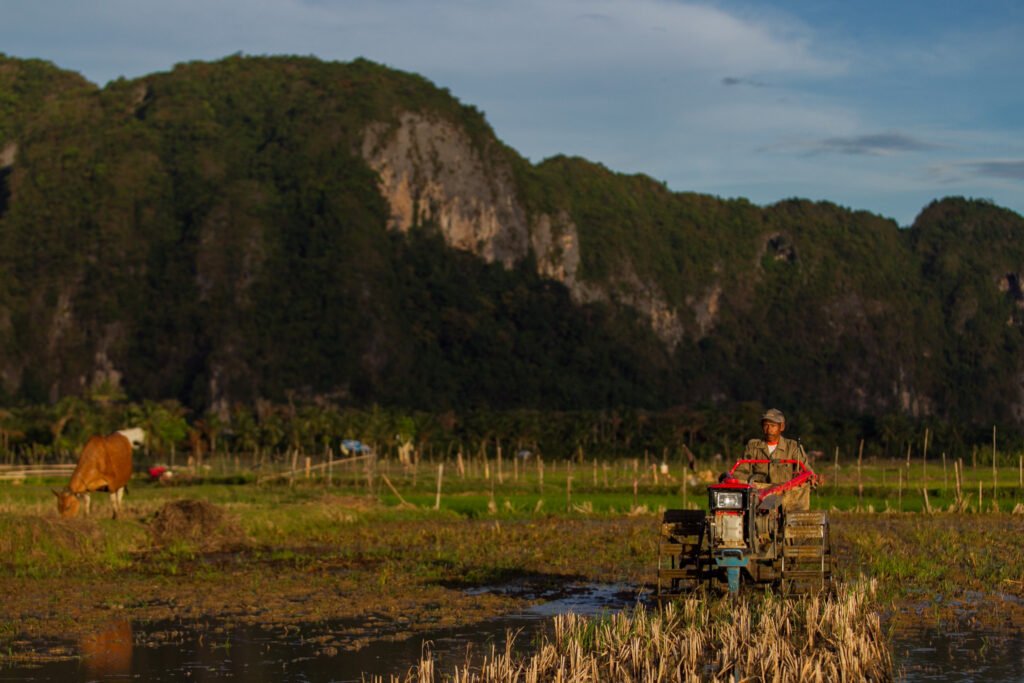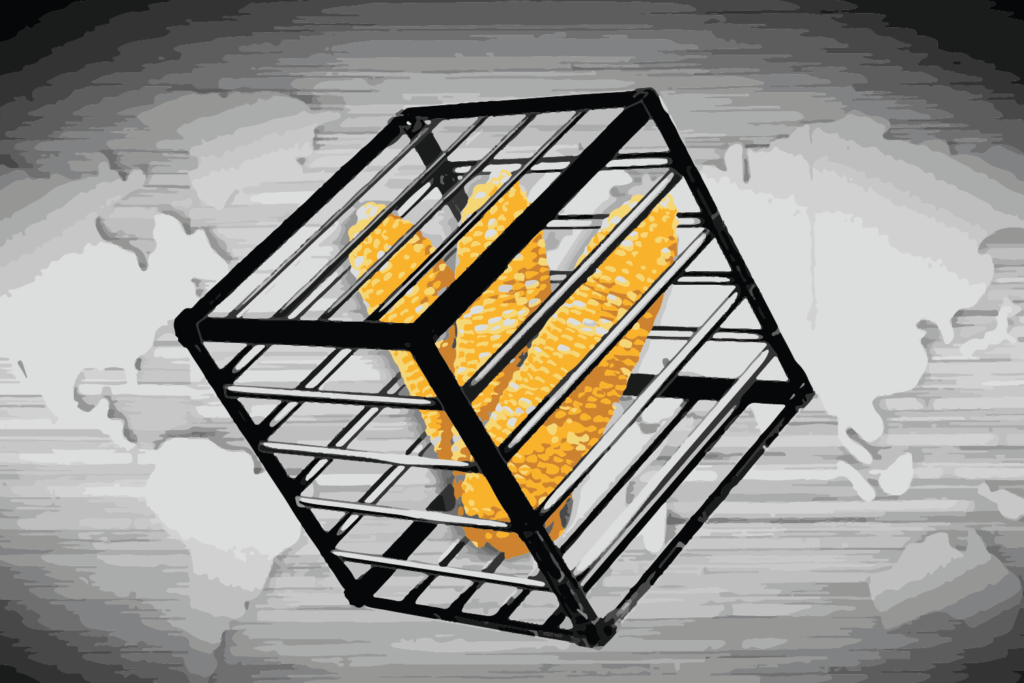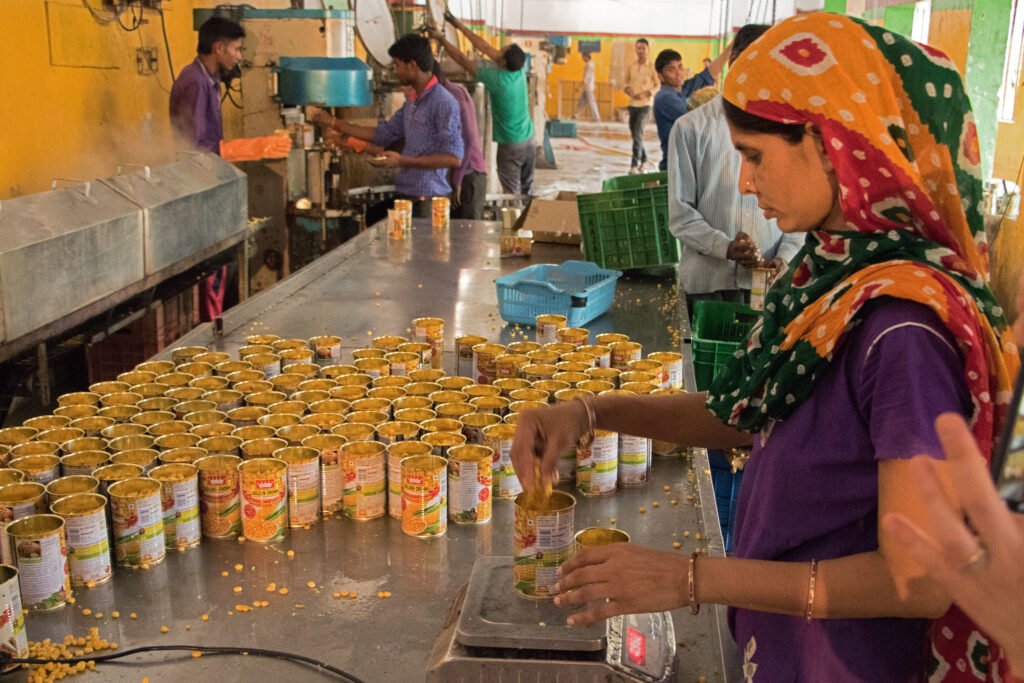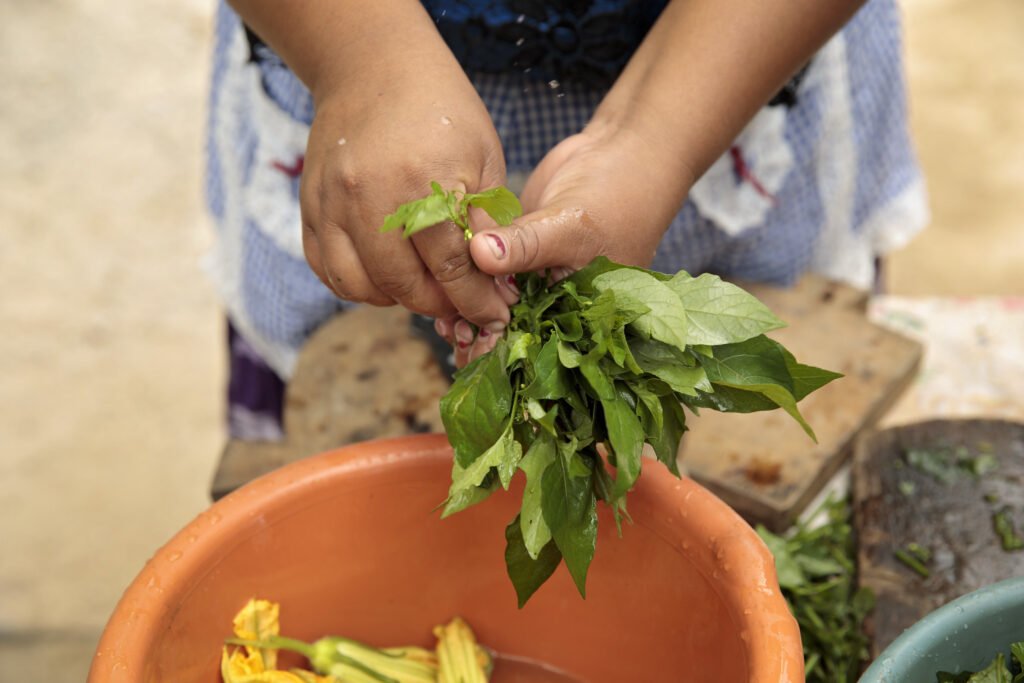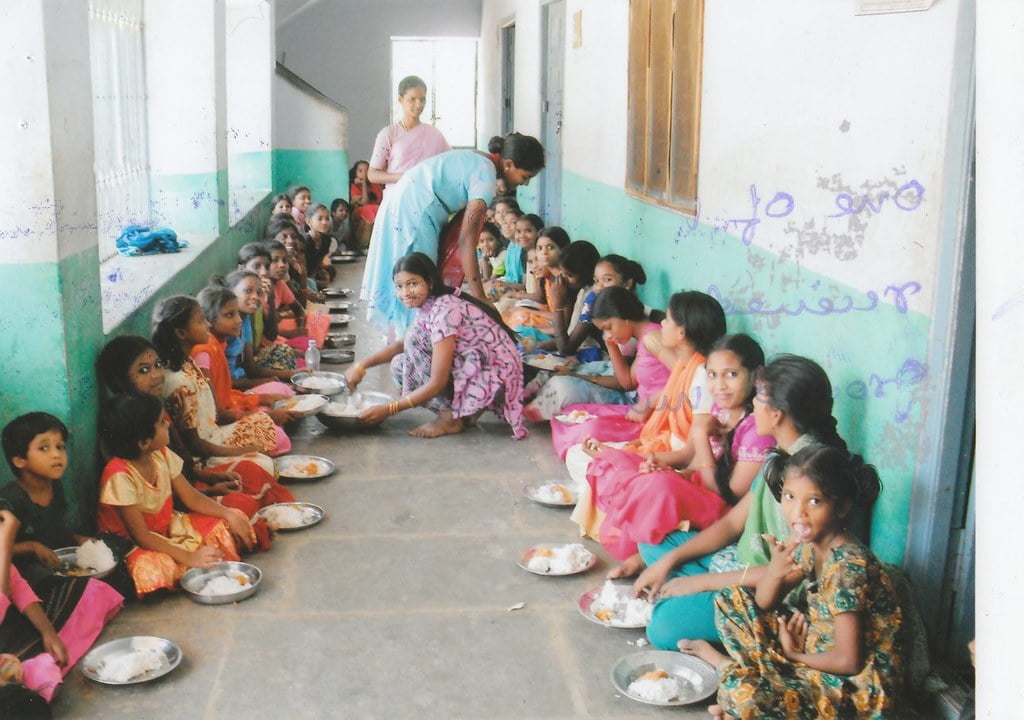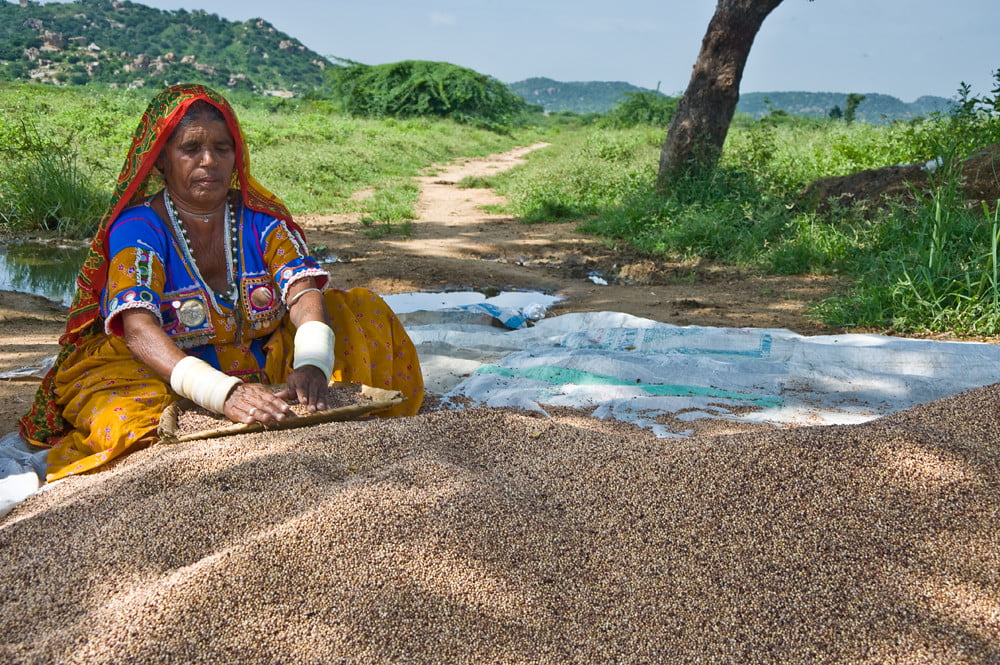Almost 10 million Malaysians face food insecurity. Initiatives to support alternative food sources are taking root, but challenges remain.
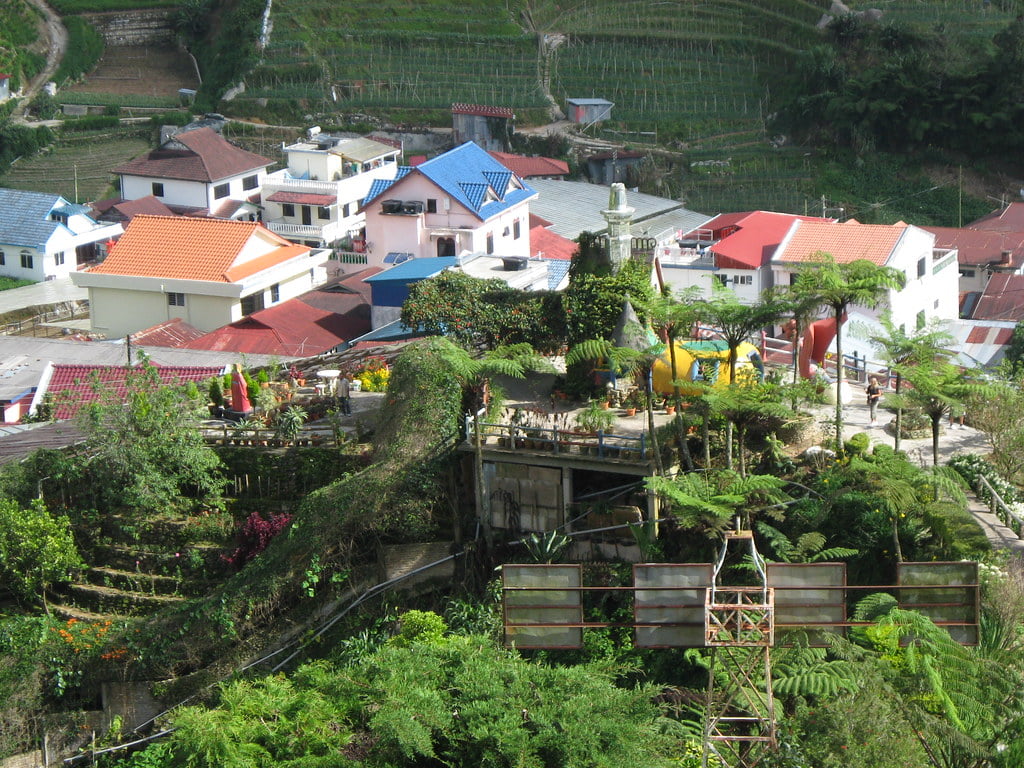 Efforts to establish alternative food sources are moving forward but changes will take time. : Edward Otis
Efforts to establish alternative food sources are moving forward but changes will take time. : Edward Otis
Almost 10 million Malaysians face food insecurity. Initiatives to support alternative food sources are taking root, but challenges remain.
The pandemic’s impact on food supply chains showed how quickly urban communities can face shortages and spiralling food costs. In Malaysia the price of cooking oil spiked in February 2022, following record prices for soybean oil and palm oil in 2021.
Unicef estimates the pandemic will leave 9.76 million Malaysians food insecure.
In response, a growing movement seeks to convert empty spaces in Malaysian cities into urban farms. Malaysia’s government is acutely aware of the country’s dependence on food imports, and wants to see the agricultural industry boosted by technological adoption. This will also create much-needed jobs, with unemployment still above pre-pandemic levels.
But Malaysia has limited land for urban agriculture, and further challenges include inadequate resources, uncertain returns, lack of knowledge and insufficient training.
Planned urban agriculture can address limited farmland – and beautify city environments. Cities around the world have set up vertical farms using advanced facilities to contribute to food sustainability.
Urban farming specialists, tech businesses, academics and young talent have collaborated to produce transformative resolutions through agrotech.
Mainstream urban farming methods now offer a well-structured set-up that requires minimum irrigation and zero pesticides. This allows mass implementation any time and anywhere.
Urban farming has numerous benefits. First, it minimises waste: around 30 percent of fresh produce perishes during transport to shops and supermarkets. By contrast, urban farming provides an on-demand harvest that guarantees freshness.
Second, urban farming can be implemented by individual households. It provides alternative food sources to combat hunger and malnutrition, and improve community health.
Relatedly, urban farming means households can save money by consuming produce they have grown themselves. It can deliver an alternative source of income if households sell their excess produce.
Still, urban farming is a daunting task that involves the consistent cultivation, processing and distribution of food. Its goal is to create a parallel food supply chain.
Urban farming requires capital investment for which returns are not immediate. It also requires labour, though technology can alleviate this requirement.
The bigger challenge for Malaysia is competing with the global supply chain.
Mega-farms, extensive transport connections, well-established distribution networks and intensive food-preservation technologies create economies of scale that allow the global supply chain to deliver the most competitive prices for fresh produce.
To begin to meet this challenge, the Malaysian Ministry of Agriculture and Food Industries has set aside 17,000 hectares of land for paddy cultivation under a food security scheme that runs to 2025.
The program promotes private-sector cooperation with paddy owners. It sets out to improve Malaysia’s rice self-sufficiency by using a modern agricultural approach and efficient management to increase yields. .
Urban farming can address the supply-chain gaps and vulnerabilities that COVID-19 has exposed. It has the potential to increase food supply, stabilise food prices and lessen the impact of supply disruptions.
Jia-Qi Cheong holds a PhD in economics and is a senior lecturer at University Malaysia Sabah. She works in the areas of gender earning differentials, youth employment, food insecurity, and small and medium industries.
The author declares no conflict of interest.
Originally published under Creative Commons by 360info™.


